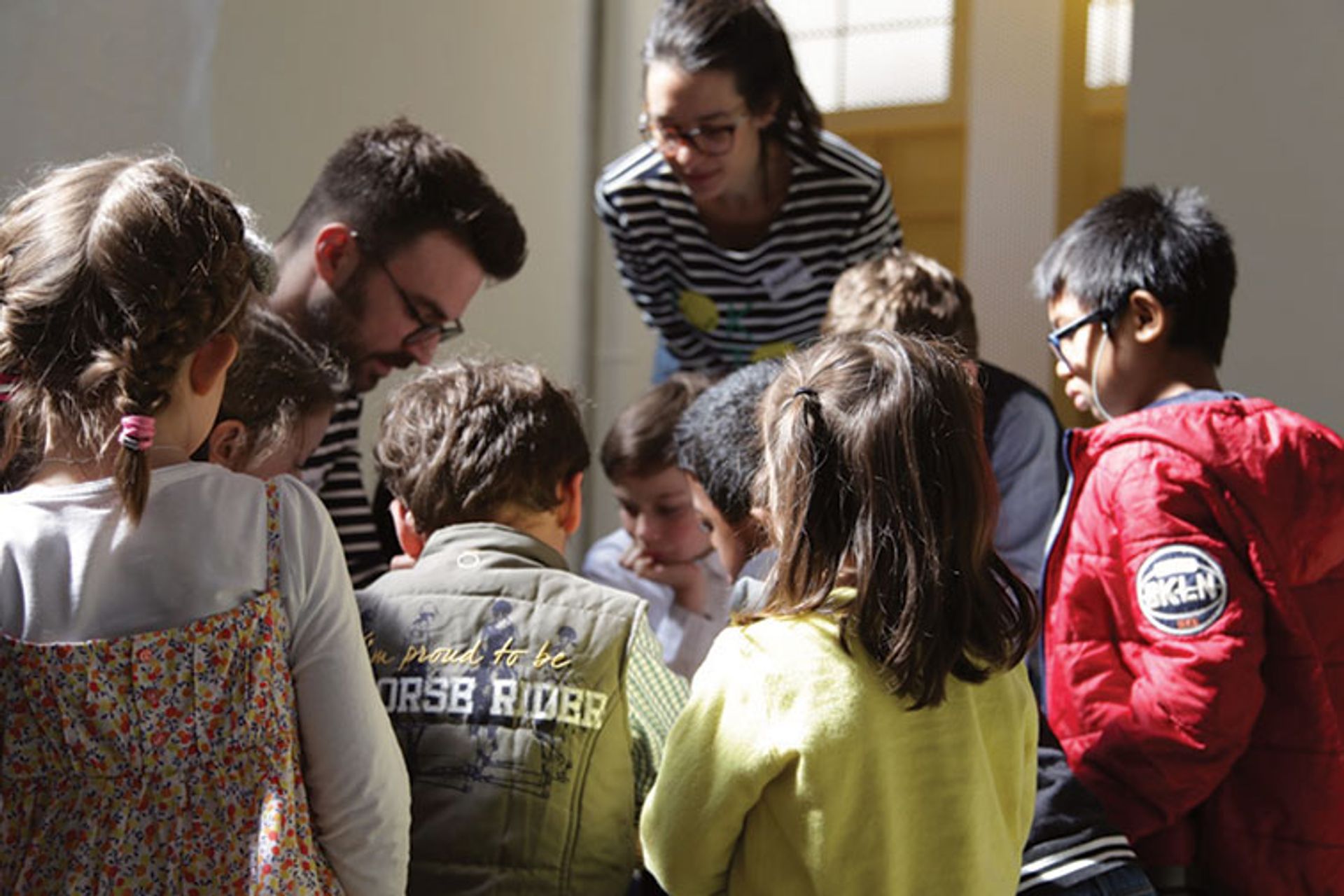The Palais de Tokyo in Paris will conclude celebrations for its 20th anniversary this year with the December inauguration of a new “care centre”, a home for programmes promoting art as a powerful source of wellbeing.
The 700 sq. m pavilion will soon be built on the ground floor, designed by Freaks Architects, and is called HAMO, pronounced the same as the French word for hamlet. For Tanguy Pelletier, the contemporary art museum’s director of public programmes, it will be “a transformation chamber, a tool to better welcome visitors from all horizons, audiences with disabilities or from [community groups], even when there are no exhibitions going on in the building”.
Partly funded by the arts patron Jonathan KS Choi, the chairman of the Hong Kong-based Sunwah Group, HAMO will have three main spaces. The “positive salon” will host meetings between psychiatrists, art therapists, educators and other professionals. Next are three modular, revolving structures, with walls that can double as TV screens or blackboards according to the scheduled activity. A spiral staircase and a lift will lead to a mezzanine level conceived as a laboratory with 3D printers and other technologies. The pavilion will have space to deliver four to six public workshops simultaneously.

Children at the Palais de Tokyo: the HAMO facility is building on the museum’s past outreach projects with local communities Courtesy of Palais de Tokyo.
Initiated in late 2018, the €1m project will have a strong focus on mental health and builds on the museum’s previous partnerships with medical and social organisations. It also draws inspiration from the art therapy atelier at the Montreal Museum of Fine Arts, established in 2016. But Pelletier says the Palais de Tokyo has learned “much more” from its collaborations with local partners such as the charitable association France Alzheimer and the largest hospital in Paris, the Salpêtrière.
HAMO is the first art and wellbeing facility to be built at a cultural venue in France, although the Palais des Beaux Arts de Lille was the first to take an interest in the field: it is the only French museum with a full-time art therapist on staff. Lille’s programme began in 2012 as a way to support autistic staff members, says Juliette Barthélémy, the head of the museum’s public programming service. The art therapist Pascaline Bonnave “was such an asset to our team, we hired her a year later”.
Meanwhile, the Louvre-Lens recently teamed up with two art therapists from L’Art&Fact association to launch Louvre-therapy, a series of group workshops based on the idea that the museum experience itself can have health benefits. “If only we could convince doctors to prescribe visits to the Louvre-Lens like any other treatment,” says Gunilla Lapointe, the cultural mediator in charge of the programme, who notes that such schemes already exist in Canada and Belgium.


